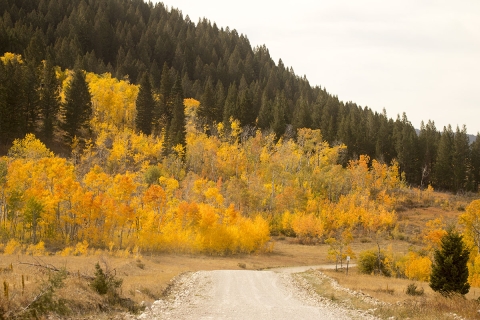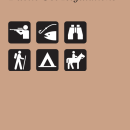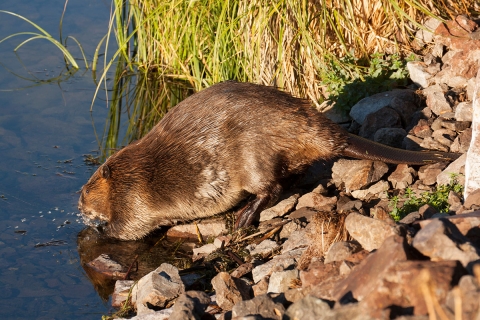Visit Us
Visitors to Red Rock Lakes Refuge should be prepared to enjoy a remote wilderness setting. To maintain the sense of solitude, facilities are scarce and minimally developed. Recreation off the established roads is limited to non-motorized or non-mechanical means of transport. This approach provides opportunities to view wildlife and scenery in a more natural landscape.
The Refuge has few roads, all of which are constructed and maintained with dirt and gravel. Note that travel is generally restricted to dry times, as snowmelt and rain will make travel difficult. Some seasonal road conditions like mud or snow may require 4-wheel drive and high-clearance. There are no service stations with gasoline or tow trucks within at least 45 miles, so we ask travelers to plan accordingly.
Location and Contact Information
About Us
The Refuge acts as a corridor for some mammals (like the grizzly bear) for moving between Yellowstone and other areas of Idaho and Montana. It encompasses over 53 thousand acres, of which 32,350 are wilderness. Many elk, deer and pronghorn call the Refuge home during spring through fall, as do many migratory waterfowl and songbirds.
The Refuge provides a Visitor Center, two primitive campgrounds (one each at the Upper and Lower Red Rock Lake), and two easy-rated hiking trails (Odell Creek and Sparrow Pond trails). The Refuge is also known for its superb landscape photography in all seasons and in various locations, with the Centennial Mountains being a favorite subject.
Check out he Refuge's U.S. Fish & Wildlife Service Mountain-Prairie Region Flickr Photo Album: https://www.flickr.com/photos/usfwsmtnprairie/albums/72177720295608081
What We Do
Conservation efforts at Red Rock Lakes National Wildlife Refuge aim to provide habitat for breeding and staging migratory birds, native fishes, and both transient and resident wildlife that maintains the biological diversity and integrity of a montane wetland system.
Projects and Research
Work on the Refuge takes place in all seasons. Our research and monitoring efforts are structured either to inform management decisions or develop a baseline understanding of the resources with which we are entrusted. We strive to employ best management practices in improving habitat for wildlife and preserving the solitude of the Red Rock Lakes Wilderness.








